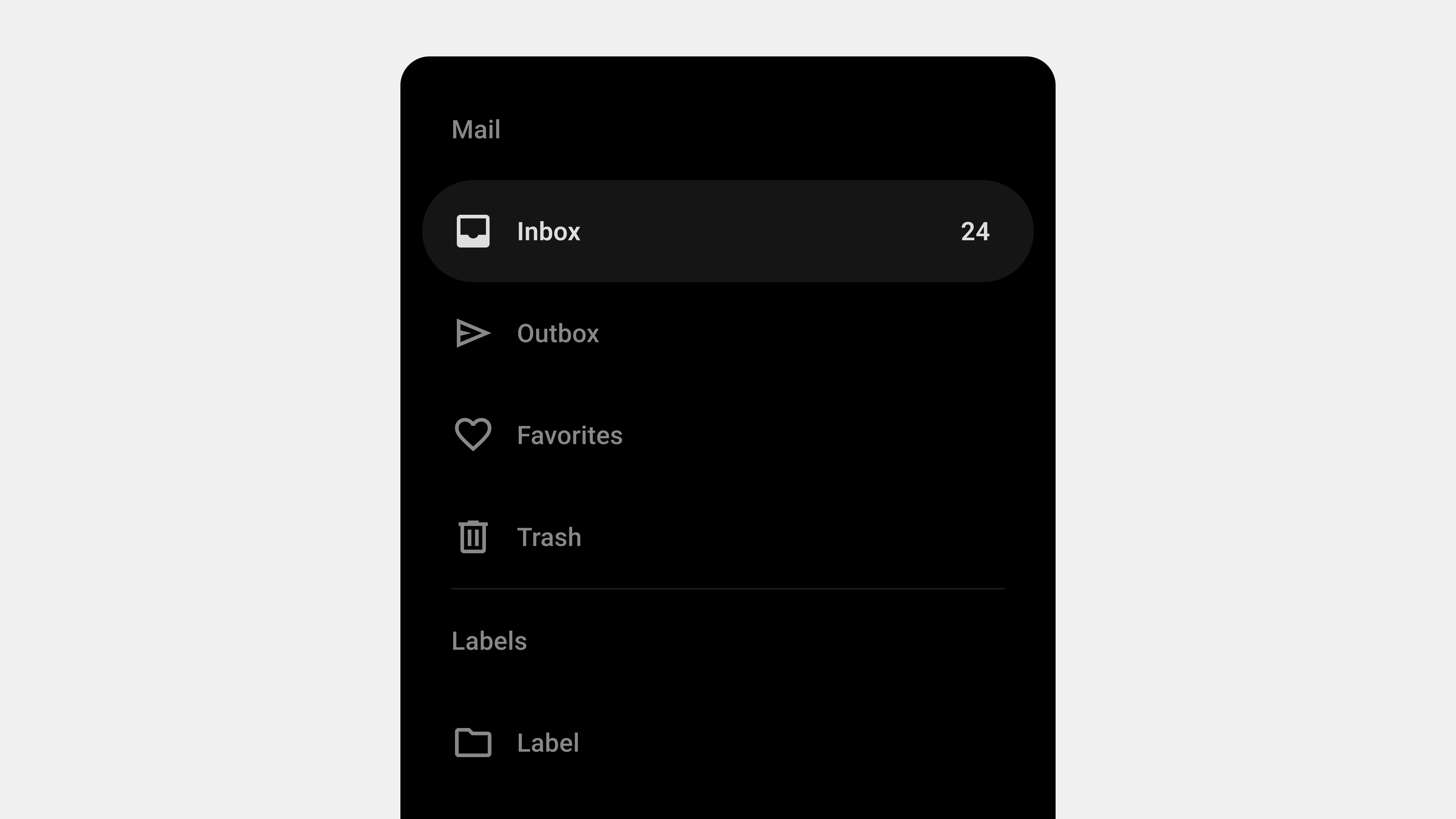5 Key Considerations for Publishing and Developing Navigation Drawers
Navigation drawers are an essential part of modern UI design, providing a compact and efficient way to organize menus and navigation elements. While their design plays a vital role, successful implementation through publishing and development is equally critical. Poor execution can lead to usability issues, performance lags, or even accessibility barriers. This article outlines the top five considerations for publishing and developing navigation drawers, offering practical insights for developers and publishers to ensure optimal functionality and user experience.
1. Performance Optimization
Why It Matters
Navigation drawers are used across multiple screens in an app or website. Poorly optimized drawers can slow down load times, negatively impacting the overall user experience.
Key Considerations
- Lazy Loading: Load secondary or less-used content only when the drawer is opened.
- Minimize JavaScript: Avoid unnecessary JavaScript dependencies for animations or dynamic content.
- Efficient CSS: Use clean and efficient CSS for styling to reduce rendering time.
Implementation Tips
- Use CSS transitions for animations instead of JavaScript for better performance.
- Preload critical assets for smooth interaction.
- Combine multiple API calls for dynamic content into a single request.
Tools
- Lighthouse for performance auditing.
- Webpack or Rollup to bundle and minify assets.
2. Responsiveness and Device Compatibility
Why It Matters
Navigation drawers must work seamlessly across a wide range of devices, from small-screen smartphones to large desktop monitors. Ensuring responsiveness is critical to maintaining a consistent user experience.
Key Considerations
- Responsive Breakpoints: Use media queries to define specific layouts for different screen sizes.
- Mobile Optimization: Ensure touch targets are large enough for mobile interactions.
- Cross-Browser Compatibility: Test the drawer’s functionality on all major browsers, including Chrome, Safari, Firefox, and Edge.
Implementation Tips
- Use a mobile-first approach when defining breakpoints.
- Implement swipe gestures for mobile drawers while maintaining click/tap functionality.
- Design persistent drawers for desktop applications where appropriate.
Tools
- BrowserStack for testing across devices and browsers.
- Chrome DevTools for simulating various screen sizes.
3. Accessibility Compliance
Why It Matters
Accessibility ensures that navigation drawers are usable for all users, including those with disabilities. Ignoring accessibility can alienate users and lead to legal consequences.
Key Considerations
- Keyboard Navigation: Users should be able to navigate the drawer using only a keyboard.
- Screen Reader Support: Implement ARIA roles and labels to make the drawer content accessible via screen readers.
- Focus Management: Automatically move focus to the drawer when it opens and return it to the toggle button when it closes.
Implementation Tips
- Use semantic HTML for the drawer’s structure (e.g.,
<nav>tags). - Highlight focusable elements and ensure focus indicators are visible.
- Test the drawer with assistive technologies like NVDA or VoiceOver.
Tools
- Axe Accessibility Checker.
- Lighthouse Accessibility Audit.
4. Dynamic Content Handling
Why It Matters
Many modern applications rely on navigation drawers to display dynamic or personalized content. If not handled correctly, this can lead to performance issues or broken functionality.
Key Considerations
- Dynamic Loading: Fetch content only when required, rather than preloading everything.
- Error Handling: Provide fallback options or error messages if dynamic content fails to load.
- Caching: Cache frequently accessed content to improve load times.
Implementation Tips
- Use loading indicators for sections that fetch content dynamically.
- Implement retry mechanisms for failed network requests.
- Test how the drawer behaves in offline or low-connectivity scenarios.
Example
For a messaging app, load recent chats dynamically when the drawer opens, but show a placeholder if the content fails to load.
5. Testing and Quality Assurance (QA)
Why It Matters
Even a well-designed navigation drawer can fail to meet user expectations without rigorous testing. QA ensures the drawer performs consistently across devices, browsers, and scenarios.
Key Considerations
- Functional Testing: Verify that all links, buttons, and dynamic content work correctly.
- Performance Testing: Test the drawer’s performance under high traffic or slow network conditions.
- Stress Testing: Ensure the drawer can handle large amounts of content without breaking.
Implementation Tips
- Create automated tests for common user actions, such as opening, closing, and navigating through the drawer.
- Simulate various user behaviors, such as rapid opening/closing or switching devices mid-session.
- Test accessibility features with real users or accessibility experts.
Tools
- Selenium or Cypress for automated testing.
- Apache JMeter for load and stress testing.
Conclusion
Publishing and developing navigation drawers require a balance of performance optimization, responsiveness, accessibility, dynamic content handling, and rigorous testing. By addressing these five areas, developers and publishers can create navigation systems that meet user expectations and perform reliably across devices and scenarios. Proper implementation ensures not only a smoother user experience but also long-term scalability and maintainability.


